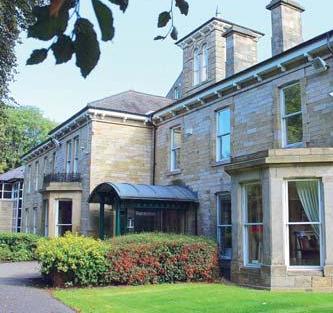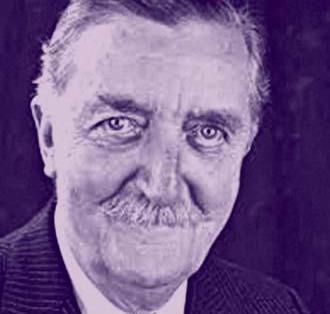
6 minute read
A HISTORY OF THE RGS IN ITS PEOPLE DAVID GOLDWATER
A HISTORY OF THE RGS IN ITS PEOPLE
THE SCHOOL ROUTE TO A MEDICAL CAREER
Advertisement
BY DAVID GOLDWATER (51-62)
R J Scothorne
The man who must be credited with guiding so many RGS students to their medical careers is undoubtedly George Pallister, whose name shines brightly throughout these pages.
When he first came to the RGS in 1926, in his own words, ‘I had a single pupil in the Upper Sixth and three in the Lower Sixth’. All four pupils were taught together, something which continued for more then fifteen years until the early 1940s. R J Scothorne (30-37), Professor of Anatomy at the Newcastle Medical School, visited the School after 23 years: ‘I asked him how he was and how things were going in the Medical Sixth: a brief clearing of the throat, a tentative raising of the eyebrows, a pause: “Oh! much as usual, much as usual!”’ To misquote Churchill on Attlee, George Pallister was a modest man, who had nothing to be modest about. R J Scothorne again: ‘We were hungry to learn, and the traditional sequence of frog, dogfish and rabbit—nowadays regarded by some as rather old-fashioned Biology—seemed to us, under the skilful, kindly guidance of G.P., pure delight’.
George taught Botany and Zoology leading up to the Higher School Certificate and encouraged many of the boys to carry out field work in the Summer Term and visits to Plessey Woods and the Marine Laboratory at Cullercoats were regular destinations. Again, in George’s own words: ‘We were equipped with vascula and small glass corked specimen tubes for insects and other small animals. We took the electric train from Jesmond Station … and alighted at Cullercoats. We went straight to the beach and made for the rock pools, turning over innumerable stones and noted “zonation” in seaweeds and molluscs. Other expeditions included the roadside verges around Wylam near the Tyne, Seaton Sluice sand dunes and Finchale Abbey woods. As I had not had any training in identifying animals, insects, crustacea, molluscs etc., I attended several courses run by Armstrong—later King’s—College (now Newcastle University), often on Saturdays or in the holidays, finding them most interesting and useful’.
Thus began the medical careers of numerous RGS students during George’s 40 years at the School. With R F I Bunn (2533), Michael Roberts (25-31 & 34-41) and T T Anderson (24-60), George was one of the pioneers of School camping, characteristically content with the role of assistant until he was prevailed upon to take charge of the Whitsuntide Camp at Rothbury in 1934. On the outbreak of war, the School was evacuated to Penrith and it was largely the camping staff who manned the School hostels that came into being. As with so many dedicated RGS teachers, George Pallister could fill an entire issue. Some may find it surprising that a ‘Cambridge First’ should spend the whole of his teaching life at the School (1926-66). George died aged 88 in 1991.
Charles Nathaniel ‘Nattie’ Armstrong Henry Harvey Evers
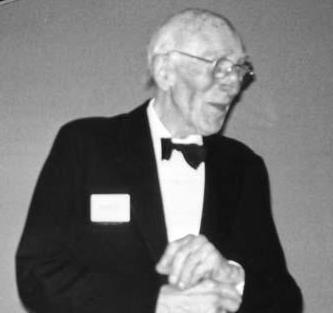
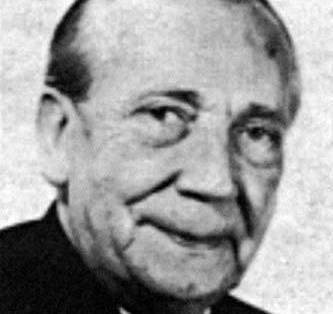

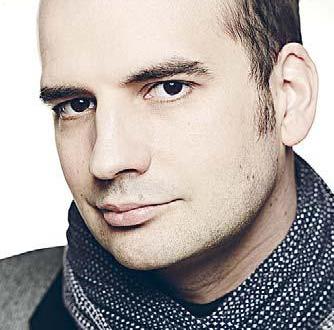
RVI Newcastle opening day 11 July 1906 Keir Shiels
Harvey Ever’s maternity clinic at Fernwood House, Clayton Road, Jesmond, where many ONs were born
In 1751, a public subscription was raised to fund an Infirmary in Newcastle. As an interim measure, a house was let in Gallowgate that year for the reception of patients. This contained 23 beds which were soon filled and rooms in adjoining houses had to be hired to meet the urgent demand for admission. The Infirmary in Forth Banks was ready by 1753 but was for ever overcrowded and conditions must have remained grim for decades. By the end of the 19th century it was decided that a new hospital should be built to commemorate the Diamond Jubilee of Queen Victoria in 1897. John Hall, at the School around 1834, who died in 1899, bequeathed £100,000 (equivalent to c£13 million today) on the understanding that public subscription should raise the same amount, which was successful. In 1901, the family of the late Lord Armstrong donated a further £100,000. The foundation stone was laid by King Edward Vll in June 1900, who opened the Royal Victoria Infirmary in July 1906.
Charles Nathaniel ‘Nattie’ Armstrong
(at school 09-14) was born in 1897 at Prospect Cottage, Bentinck Road, Newcastle. He went on to the Newcastle Medical School, but his studies were interrupted during the First World War when he was appointed Surgeon Probationer in the Royal Navy. He was first sent to a four-week course in surgery at the Royal Naval Hospital, Haslar, in Gosport. Then followed a period as ship’s surgeon on HMS Nerissa. In 1918 he was able to resume his studies at the Medical School. After qualification he became a Registrar in Neurology at Queen’s Square, London. Returning to the RVI in Newcastle, he rose to become an Honorary Consultant Physician. In 1925 he married Barbara Bookey, daughter of the Head of Maths at the RGS. Over the years, he became increasingly interested in Endocrinology, a rapidly developing science, and was appointed President of that section of the Royal Society of Medicine. He was Clinical Sub Dean and latterly Post Graduate Dean at the Medical School. Retiring in 1963, he retained a life-long interest in medicine attending lectures and conferences into his late nineties. A remarkable man who enjoyed absolute clarity of thought and attention to detail. A high point of the 1995 ONA Annual Dinner was his attendance as the oldest ON at 98 and he received a standing ovation as he spoke of his memories of school.
Henry Harvey Evers was born in 1893 in one of the mining towns in Northumberland, where his father was a general practitioner. He was at the RGS from 1905-10 and studied at the College of Medicine in Newcastle. He graduated with first-class honours in 1916 and proceeded to MS (Honours) in 1921, gaining the Fellowship in 1921. He served as a Surgeon Probationer, RNVR, for one year at the outbreak of the First World War, and then from 1916 to 1920 as Captain in the RAMC. In the newly established chair of midwifery and gynaecology, he contributed notably to the establishment of the specialty in Newcastle. He quickly built up his reputation as an outstanding clinician in both obstetrics and gynaecology. A foundation Member of the Royal College of Obstetricians and Gynaecologists, he was made a Fellow in 1937. Evers was appointed to the Chair of the College of Medicine in 1951 and held this until his retirement in 1958. He was an examiner for the Royal College of Obstetricians and Gynaecologists for many years and advised in his specialty to the Regional Hospital Board, continuing as pastoral visitor on vacating his chair. He established a maternity hospital in Fernwood House, Clayton Road, regarded as one of the oldest and most notable buildings still standing in Jesmond. Many ONs were born in this house, including your Editor (DFG). Harvey Evers died in 1979 aged 86.
Keir Shiels (93-00) wrote about his career in the Autumn 2013 edition of this Magazine. His words form a suitable endpiece, where, regrettably, hundreds of distinguished Medical ONs will have to wait for recognition until a future issue. Asked: ‘Why do you think so many RGS students apply for medicine?’ He replied: ‘Medicine is rife with Old Novos. My first consultant at the Freeman was an Old Novo. The first radiology registrar I referred a patient to was an Old Novo. My first Senior House Officer was an Old Novo. And I shared oncalls with an Old Novo who was the son of an RGS teacher. I’m sure it’s something to do with medicine attracting high-achieving polymaths with good communication skills and an ability to fit social activities in between a full schedule. I have once or twice been in the position of treating former RGS teachers. RGS may send lots of students to medical school as a sort of health insurance for their staff. They certainly get first class treatment if they used to be your form teacher’.
